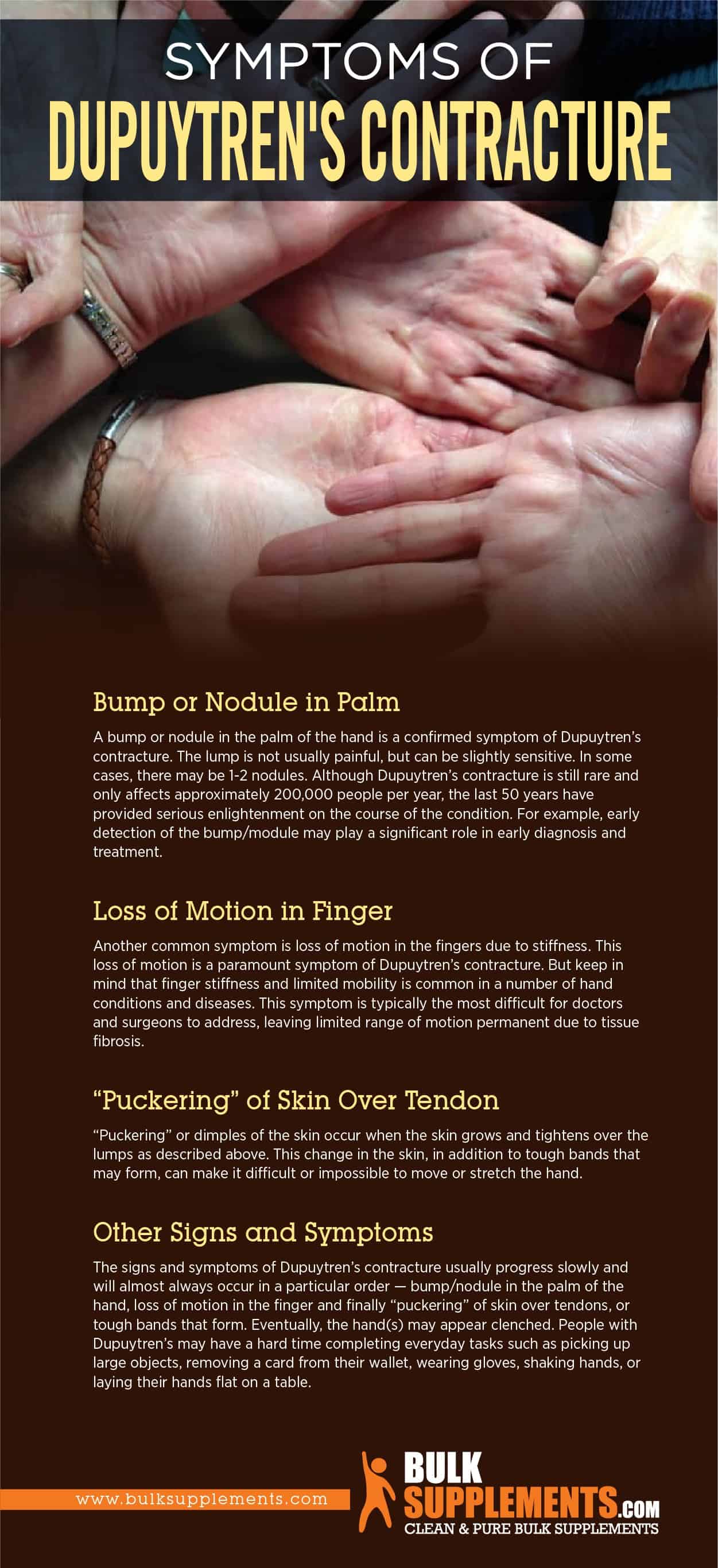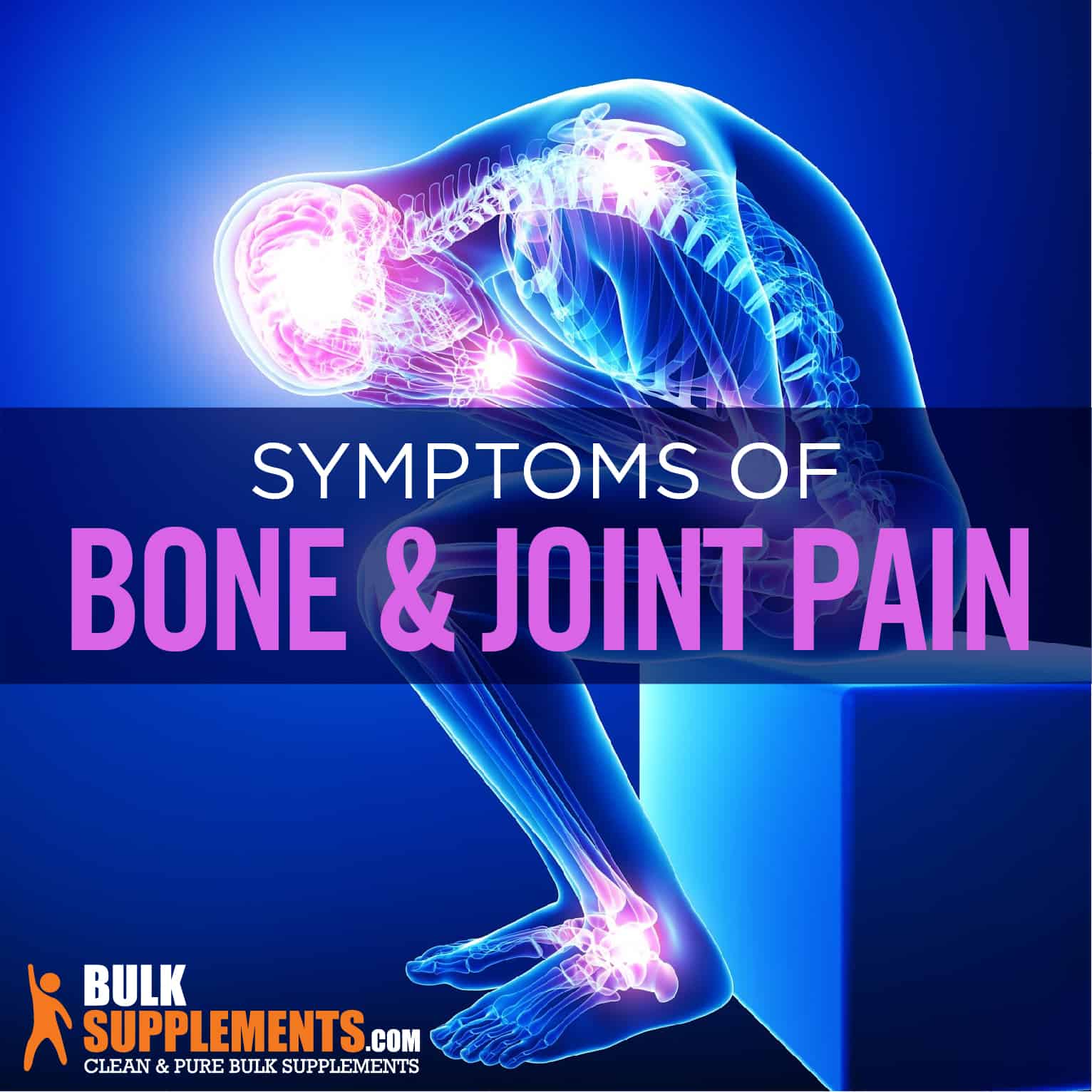Dupuytren’s Contracture: Symptoms, Causes & Treatment

Dupuytren's Contracture
What is Dupuytren’s Contracture?
Dupuytren’s contracture is a condition in which changes in muscles or tendons under the skin pull limbs inward, causing a deformity. Dupuytren’s contracture specifically causes a deformity in the hand. Fibrous tissue that grows within the hand attaches to the tendon sheaths and pulls the fingers in towards the middle of the hand.
Just beneath the skin on the hand is a thin layer called the fascia. Over time, the fascia tightens, thickens and becomes permanently fixed in its new position. Typically the fourth and fifth fingers are affected and bend inwards, but any fingers of the hand may be affected. The effects of Dupuytren’s contracture occur gradually and often take several years to reach a debilitative level. The condition is not usually painful, but does affect the range of motion in one or both hands.
Some famous public figures who have had Dupuytren’s contracture include Ronald Regan and pianist Misha Dichter.
Dupuytren’s Contracture Symptoms
Bump or Nodule in Palm
A bump or nodule in the palm of the hand is a confirmed symptom of Dupuytren’s contracture. The lump is not usually painful, but can be slightly sensitive. In some cases, there may be 1-2 nodules. Although Dupuytren’s contracture is still rare and only affects approximately 200,000 people per year, the last 50 years have provided serious enlightenment on the course of the condition. For example, early detection of the bump/module may play a significant role in early diagnosis and treatment.
Loss of Motion in Finger
Another common symptom is loss of motion in the fingers due to stiffness. This loss of motion is a paramount symptom of Dupuytren’s contracture. But keep in mind that finger stiffness and limited mobility is common in a number of hand conditions and diseases. This symptom is typically the most difficult for doctors and surgeons to address, leaving limited range of motion permanent due to tissue fibrosis.
“Puckering” of Skin Over Tendon
“Puckering” or dimples of the skin occur when the skin grows and tightens over the lumps as described above. This change in the skin, in addition to tough bands that may form, can make it difficult or impossible to move or stretch the hand.
Other Signs and Symptoms
The signs and symptoms of Dupuytren’s contracture usually progress slowly and will almost always occur in a particular order — bump/nodule in the palm of the hand, loss of motion in the finger and finally “puckering” of skin over tendons, or tough bands that form. Eventually, the hand(s) may appear clenched. People with Dupuytren’s may have a hard time completing everyday tasks such as picking up large objects, removing a card from their wallet, wearing gloves, shaking hands, or laying their hands flat on a table.

Dupuytren’s Contracture Causes
Diabetes
It is unclear why diabetes and Dupuytren’s contracture are commonly linked. Individuals with diabetes are 10 times more likely to have Dupuytren’s than those without. It is possible that Dupuytren’s contracture may be both a complication of diabetes and of the local neuromuscular changes in the body.
Seizures
Seizures, especially for those who have epilepsy, also increase the risk factor for developing Dupuytren’s contracture. In one study, people with epilepsy had an incidence rate of Dupuytren’s contracture of 56 percent. Doctors speculate that epileptic seizures may indirectly stimulate tissue growth factors associated with Dupuytren’s contracture.
Smoking/Alcohol
Multiple studies indicate a significant positive correlation between Dupuytren’s contracture and heavy smoking. The use of even moderate amounts of alcohol is also a risk factor. Tobacco products and alcohol promote the formation of certain toxins that affect the biochemical factors of the palm’s connective tissue.
Other Causes and Risk Factors
Dupuytren’s contracture is commonly inherited. That means if members of your family have the condition, you are more likely to have it as well. Ethnicity also plays a role. People who are of Northern European (English, Irish, Scottish, French, Dutch) or Scandinavian (Swedish, Norwegian, Finnish) descent have a higher risk of having Dupuytren’s contracture.
Debate still exists around the role of injury and occupational factors in the onset of Dupuytren’s.
SEE ALSO

Bone and Joint Pain Symptoms, Causes & Treatment
Dupuytren’s Contracture Treatment
Stretching
Currently, Dupuytren’s contracture has no cure. While the condition may take several years to fully develop, once you have it, you have it forever. The goal of treatment is to make living with Dupuytren’s contracture more manageable. For example, stretching can significantly increase the range of motion of the hands and fingers. This does not prevent Dupuytren’s, but improves overall hand function. Helpful stretches include gently bending the fingers back from the palm, rotating the wrist from side to side, placing hands in a prayer position, pushing palms and fingers against each other and placing fingers on the edge of a table and pressing downward to stretch.
Injections
The growth of tough collagen fibers contribute to the development of Dupuytren’s contracture. Collagenase, a compound that breaks down connective tissue, can be injected into the palm to help loosen up the tissue. This is a common alternative to surgery. These injections can improve hand flexibility by at least 5 degrees, allowing a greater range of motion and more hand function. These injections typically occur in phases over a period of time.
Surgery
Since the fascia is the part of the skin that is affected by Dupuytren’s contracture, surgery is called a fasciectomy. This surgery removes the layer of the skin known as the fascia, which allows the fingers to relax a bit more. A needle aponeuerotomy is another surgical procedure that is less invasive and has faster recovery than open surgery. Regardless of the type of surgery, the goal is to increase mobility of the hand.
Dupuytren’s Contracture Supplements
Magnesium
Magnesium plays roles in hundreds of biochemical pathways in the body. While many foods contain magnesium, the body’s demand can easily exceed intake. This is especially true for people with diabetes, who use cigarettes or alcohol, or who experience physical or mental stress. No known scientific studies involving the use of magnesium exist, but anecdotal accounts of magnesium oil suggest that it may improve the condition for some people. At the very least, avoiding a magnesium deficiency through supplementation can help promote overall health.
CoQ10
Research shows that certain free radicals may impact the onset and severity of Dupuytren’s. Free radicals are compounds that damage cells, which can be neutralized by other compounds called antioxidants. Like magnesium, no studies have examined the role that antioxidants might have in reducing the symptoms of Dupuytren’s. However, one case suggests that the prolonged intake of the antioxidant Coenzyme Q10 (CoQ10) resulted in significant improvement of the condition.
The Bottom Line
Dupuytren’s contracture is manageable, but any hand deformity can be challenging to live with. If you are one in the 200,000 cases per year affected by Dupuytren’s contracture, you will most likely first notice nodules in the palm of your hand. Avoiding factors that can lead to the development of diabetes and refraining from smoking are two steps you can take to prevent it or slow its progression. Treatment options including injections, surgery and possibly even some natural remedies can help slow the effects of Dupuytren’s.



